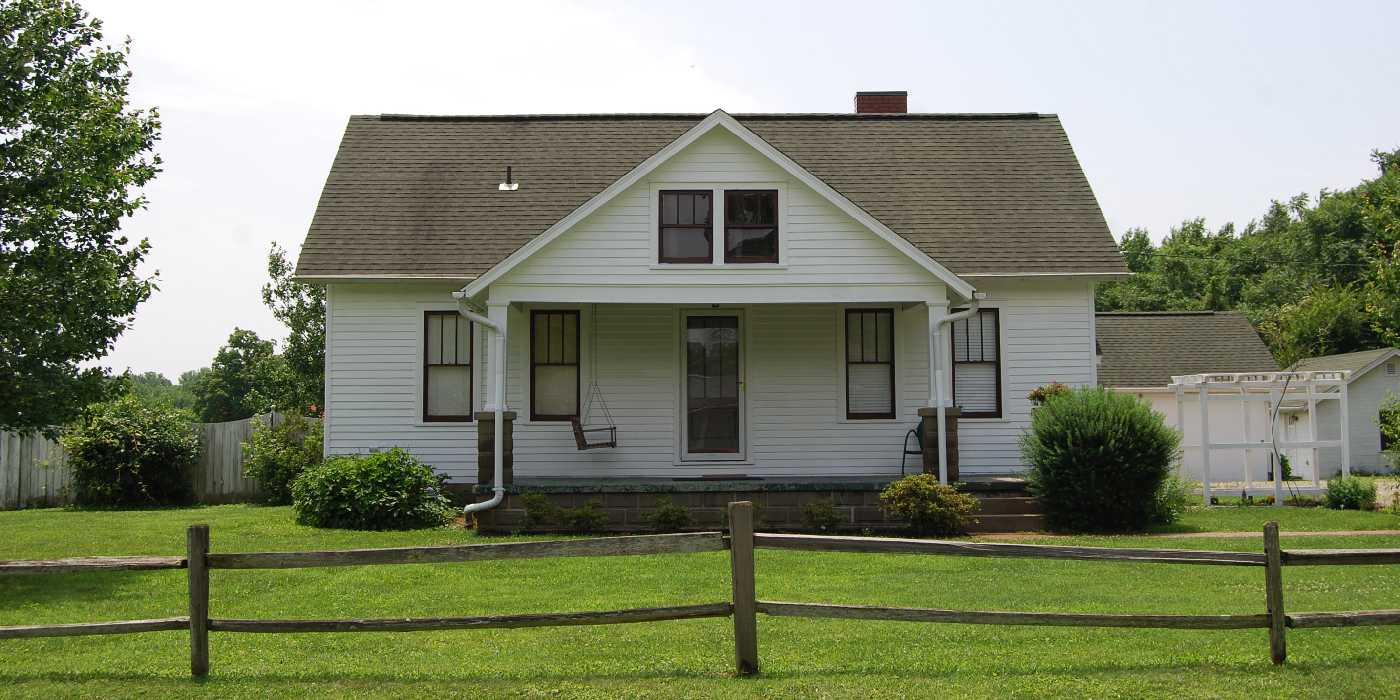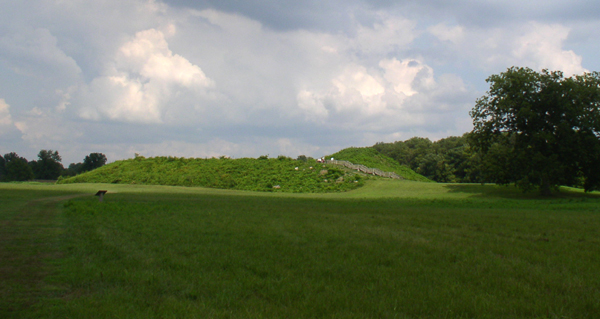NEWS
Marking the Legacy of a Prehistory Pioneer
In the 1930s and ’40s, Indiana native Glenn A. Black redefined the study of archaeology. A new marker memorializes his contributions at one of his most significant research sites.

Digging Deep
In the midst of the Great Depression, Glenn A. Black, a native of Indianapolis, became one of one of the first archaeologists to study Indiana’s prehistoric sites. Black’s work redefined archaeological field methodology and brought systematic excavations and innovative technology to the field. To honor his legacy, the Indiana Historical Bureau will install a marker at the site of some of his most significant work.
Black began his archaeological career in 1931 serving as a guide for Warren K. Moorehead and Eli Lilly who were surveying Indiana archaeological sites. In 1938, the Indiana Historical Society purchased Angel Mounds with a donation from Eli Lilly, and the next year, Black and his wife, Ida, moved to a house on the property to begin supervising the excavations. More than 200 people employed by the Works Progress Administration worked at the site until World War II halted excavations in 1941. Through artifacts and evidence unearthed at the site, Black concluded Angel Mounds existed long before the discovery of America.

Angel Mounds (Photo: Wikipedia Commons)
Black subsequently racked up a long list of bona fides: he served as president of the Society of American Archaeology, Archaeology Divisional Chairman for the Indiana Academy of Science, and member of the National Research Council. He also lectured at Indiana University, where Eli Lilly, endowed the Glenn A. Black Laboratory of Archaeology in his honor.
In 1946, the Indiana Historical Society transferred Angel Mounds to the State of Indiana, which operates it today as a state historic site. After Black’s death in 1964, the state gave archeological excavation rights to Indiana University, which had been conducting research there since 1945.
Nationally recognized as one of the best-preserved prehistoric Native American sites in the United States, Angel Mounds won National Historic Landmark status in 1964. The Glenn A. Black House was listed in National Register of Historic Places in 2011.
For more information about marker dedication at the Glenn A. Black House, tentatively scheduled for August 18, visit www.in.gov, or contact the Indiana Historical Bureau at 317-232-2535, IHB@history.IN.gov.
Stay up to date on the latest news, stories, and events from Indiana Landmarks, around the state or in your area.
